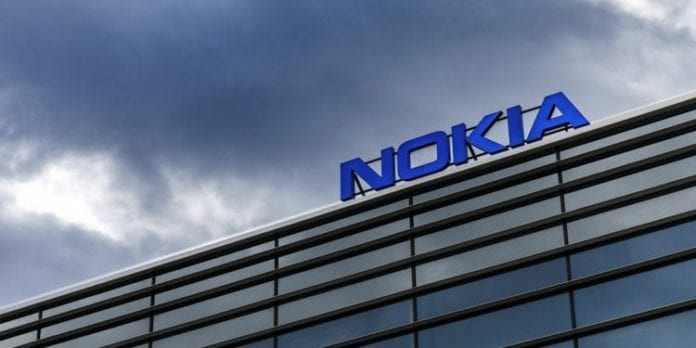The Nokia Wavence portfolio includes high-capacity microwave transceivers, designed to support operators as they build out their 5G networks
Nokia announced that it has extended its collaboration with French operator Orange to upgrade its microwave backhaul network, the former said in a release.
The vendor noted that in a recent joint trial with Orange, which combined the capabilities of Nokia’s latest high-power E-Band microwave and traditional microwave frequency products, the two partners enabled a high-capacity link over a distance of almost four kilometers.
The trial successfully demonstrated the use of microwave carrier aggregation techniques, achieving a throughput of 20 Gbps over a distance of 3.6 km. This was enabled by combining the carriers from two microwave radios operating in the 18 GHz band with two E-Band microwave radios operating at 80 GHz, using a single dual-band (18+80 GHz) antenna, Nokia said.
In addition to new products from its Wavence microwave portfolio, Nokia will provide Orange France with a range of products and services from its AirScale 5G radio access portfolio, as well as network management solution and associated professional services.
The Nokia Wavence portfolio includes high-capacity microwave transceivers, designed to support operators as they build out their 5G networks.
Christian Gacon, CTO of fixed/IP/optical/microwave networks at Orange France, said: “Nokia’s Wavence portfolio and microwave technology will ensure that we can deliver high-capacity services and experiences to our customers over long distances, which is critical as the usage of 5G increases.”
“High-performance microwave backhaul is essential for extending the reach of 5G networks. I am extremely proud to continue our work with Orange France into the 5G era, with our Wavence portfolio providing a solid foundation for the operator’s 5G services all across the country. We continue to drive important innovations for microwave and millimeter wave wireless transport solutions that support our customers with coverage and capacity where it is needed,” said Giuseppe Targia, VP of the Transport Business Unit, Mobile Networks at Nokia.
Orange has already deployed 5G in nearly 900 municipalities across the country, providing coverage to 38% of population in metropolitan areas. Some of the initial cities covered by Orange’s 5G network include Marseille, Nice, Le Mans and Angers. Orange initially launched commercial 5G services in 15 municipalities at the beginning of December 2020.
Orange had 4,850 operational 5G base stations across France as of the end of September, according to the latest monthly report published by France’s spectrum agency ANFR.
France had a total of 36,868 authorized 5G sites as of October 1, of which 27,854 were declared technically operational by local carriers, according to the latest monthly report published by France’s spectrum agency ANFR.
ANFR said that the number of authorized 5G sites during September increased by 1.5% compared to the previous month.
In France, mobile carriers are currently providing 5G services through spectrum in 700 MHz, 2.1 GHz and 3.5 GHz bands.

